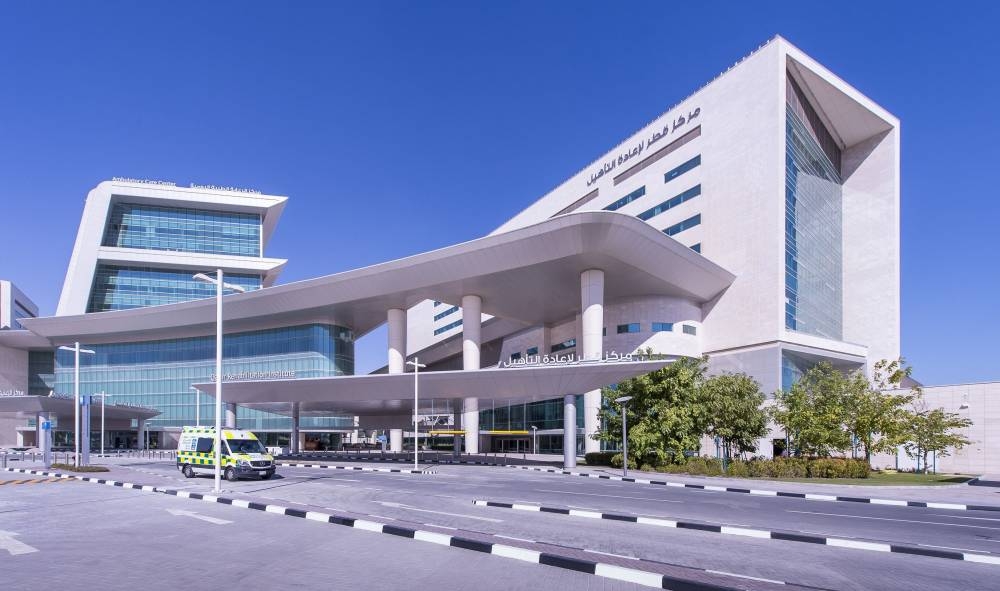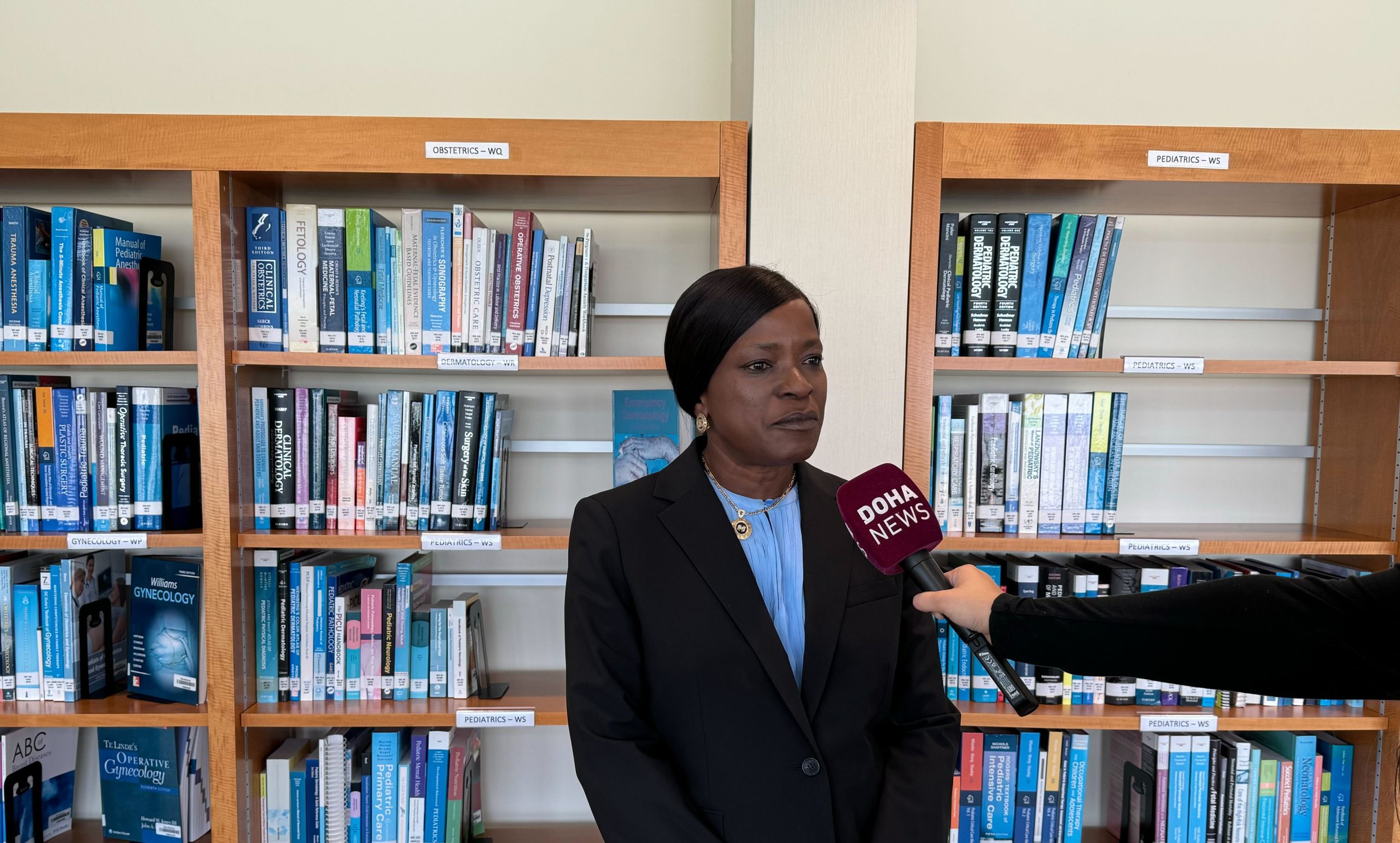
Over 100,000 people in Qatar have officially pledged their willingness to donate their organs after death, more than doubling the number of people on the registry in the last eight months, according to Hamad Medical Corp (HMC).
With more than 57,000 new signatories to the Organ Donor Registry since March this year, the state healthcare provider has met its target of getting 100,000 people on the register by the end of the year.
This year’s success has been in part due to an active education and sign-up campaign during Ramadan, with booths set up in 12 shopping malls across town, as well as at schools and during key events, HMC said.

“Reaching 100,000 registered donors was achieved through the great efforts of the Qatar Organ Donation Center (Hiba) and its supporters in the community,” HMC’s managing director Hanan Al Kuwari said in a statement.
Qatar’s organ donation registry has been growing since it first started in 2012 with just 2,000 signatories and received a big boost in 2013 when then-first lady Sheikha Moza bint Nasser registered as a donor.
That year, the registry had 20,000 people sign up.
Qatar’s system
To become a registered donor in Qatar, a person must agree to allow key organs to be used for transplantation after his or her death.
Signatories to the confidential list receive a card that shows they are on the register, which they should carry with them. Would-be donors are also instructed to advise relatives of their wishes.

In the event of a signatory’s death, medics will still ask family members to confirm that the person did not change his or her mind before any donation is carried out.
More information on how to join the registry can be found on HMC’s website here. A list of frequently asked questions can be found here.
Qatar’s organ donation model is based on the Doha Donation Accord, which was established in 2010 and endorsed by GCC Health Ministers in 2011.

According to that agreement, all residents are eligible for access to transplant services and organs donated to wait-listed patients “without regard for citizenship, religion, gender, ethnicity, or financial status.”
The accord also outlaws the use of financial incentives for the recruitment of potential donors.
An unusual aspect of Qatar’s system is that patients on the transplant waiting list are allowed to bring to the country relatives who may be good matches but who don’t live here.
These donors would be provided with airfare to Qatar and accommodation here, in addition to free of charge transplantation and donation.
Qatar also has a reciprocal arrangement with some other countries, including Saudi Arabia, to make use of organs that aren’t needed here.
Types of transplants
There are two types of organ transplants currently undertaken in Qatar – through living donors, who can give a kidney or part of a liver (usually to a relative), or donations after death.
At the moment, Qatar transplants livers and kidneys and is also working on procedures for pancreas transplants.

The first kidney transplant in the state took place in 1986, and since then, an increasing number of people here have been diagnosed with kidney disorders.
One in 10 residents is now affected by a kidney-related illness, particularly hypertension and diabetes, and more than 250 people are on dialysis, HMC officials have previously said.
The first liver transplant took place in late 2011.
In March this year, 81 patients were on the country’s waiting list for kidney transplants while a further eight were waiting for donated livers.
But HMC has previously said that, as the country’s population grows, its specialists need to do more transplants to keep up with demand.
Dr. Yousuf al-Maslamani, head of transplant surgery at HMC, said in a leaflet published by the Supreme Council of Health last year that, for a population of 2 million, some 150 patients would be added to the renal failure list for new organs each year.
He added:
“We need to do 25-30 transplants a year to achieve self-sufficiency. Currently we transplant less than one per month, so we need to double this number.”
The Qatar Center for Organ Transplantation (QCOT) was set up in October 2011, and Hiba was launched less than a year later, in August 2012.

One of the main aims of the centers is to reduce the number of patients who travel abroad for treatment, which Al Maslamani has previously described as potentially dangerous.
In this case, patients often are not given medical notes, which makes it more difficult for doctors in Qatar to follow up on any issues.
According to the SCH, around 60 percent of patients who undergo such transplants abroad experience complications after returning to Qatar. Some 10 percent of those patients go back on dialysis, and another 10 percent die.
As a result of the expanded list and increase in transplant operations, fewer patients are now seeking treatment overseas, Al Kuwari said.
“There has been a significant drop in the number of patients going abroad for transplantation procedures, which is a great encouragement for us to further enhance our services to achieve our goal of self-sufficiency in terms of organ donation and transplantation,”she added.
Challenges
One of the challenges experts face in encouraging more people to sign up to the register is communicating with a multilingual and multicultural community to explain the process and particularly dispel underlying myths about donation and transplants.

HMC has previously worked with Qatar Charity during its Ramadan drives to tackle misconceptions, including beliefs held by some that organ donation is against Islamic principles.
Most major religions do in fact support the notion of organ donation.
For more information on the different perspectives held by Christians, Buddhists, Hindus, Jews and Muslims, see HMC’s primer here.
Would you sign up to be an organ donor? Thoughts?







